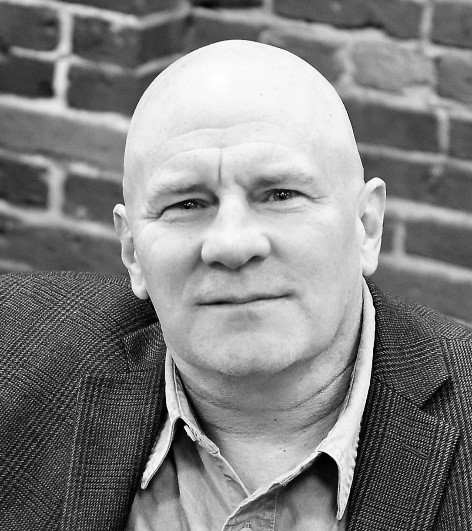 Jim Bouchard
Jim Bouchard You are a leader: Whether you know it or not. Whether you want to be one or not
- You inspire people–whether you know it or not.
- You empower people, sometimes even if you’re not trying to.
- You guide people–whether you want to or not.
What is your definition of “leader?” Before you go any further, let’s see if you’re singing in harmony. If not––there’s no point in pursuing this venture any further. Here’s the definition adopted for this article. Let’s see if you fundamentally agree.
A leader is simply someone with the ability to attract WILLING followers. And again, whether you know it or not or whether you’re willing or not, there are people who follow your lead of their own free will.
The best leaders are people with the will to serve their followers and give them the tools they need to make their lives better.
Something else we should make clear is that you need no specific number of followers to be a leader. You can lead one or you can lead millions. And you can change the world for the better or cause incredible damage by your influence on just one person.
Leadership is a responsibility. And it’s a responsibility we all share.
What defines us as leaders is whether or not we choose to accept or attempt to shirk our responsibility––and in which direction we decide to lead.
Let’s dig a little deeper into the fundamentals. These are the Essential Disciplines of the Leader.
Inspire…
You touch other people’s hearts. Whether you know it or not and whether you want to or not.
You can inspire love or fear. You can make someone’s heart or break it. If you’ve been on this planet for any significant time, you’ve probably done both.
Empower…
You give people tools. Again, whether you know it or want to, you share many things with people. One of the most important ways to empower others is to encourage them––and you do. The bigger question is what, exactly, are you encouraging others to do?
Guide…
You show the way. Through your words, your actions, and who you choose to take under your wing. It’s a fact. Someone looks to you for guidance––whether you know it or not, whether you choose to or not. Where are you guiding them?
You are a leader. You might not be the boss.
That’s the excuse heard most often by people who still hesitate or even refuse to accept that they are leaders. That excuse supports the toughest argument still faced when trying to change people’s minds about leadership. The plain fact is that some people cling to one or more of the following beliefs:
- Leaders are born––not made.
- Not everyone is cut out to be a leader.
- Everyone can’t be the leader.
- There are too many leaders and not enough followers.
First of all, you might not be the boss. Leadership has nothing to do with rank, title or position of authority. It has to do with how you Inspire, Empower and Guide others.
Everyone knows tremendous leaders who have no title or rank. These people usually have little power or authority in the traditional sense, but they have influence. They inspire, empower, and guide people—sometimes even those at the top. If you doubt that, watch “Undercover Boss” sometime.
And of course, you all know people with incredible power and authority who just plain suck as leaders. you all know people who have the rank or the title but little or no respect, trust, or loyalty from the people “below” them.
Let’s address some of those excuses:
Leaders are born. In fact, everyone is a born leader. Many of the mental health issues faced are due to a significant degree of the real or perceived inability to influence others at any given time. If you don’t make a difference in other people’s lives, you do not feel healthy.
Having said that––while everyone is born into this legacy of leadership, it takes a lot of work to be a good leader. And for the best leaders, this work never ends. The most effective leaders are those who accept that perfection is not a destination, but a never-ending process. The best of the best is obsessed with continual self-improvement as a leader and as a person.
But “everyone can’t be the leader.” This one can get a little complicated.
The traditional model of command and control is dead. It is now understood that the roles of leader and follower are not fixed positions, but rather dynamic roles. In the aforementioned self-directed teams, people flow back and forth in these roles seamlessly depending on the situation and the talents, skills, and experience needed to take charge or manage decisions at any given time.
Everyone can’t be “the” leader. But anyone can be “the leader” in the right situation.
Some will still say that there are too many leaders. Leaders are people who Inspire, Empower, and Guide others to their very best––people like you. We can never have enough.
About the Author:
Jim Bouchard is an internationally recognized speaker, Leadership Activist, and founder of The SENSEI LEADER Movement™. He’s the author of 8 leadership books, and hosts Walking The Walk, a podcast highlighting compassionate, engaged leaders from all areas of business, diverse cultures and experiences. Jim’s programs are an inspirational and interactive exploration into the importance of human-centric leadership. To bring Jim to your organization or event, visit www.ArmstrongSpeakers.com.









